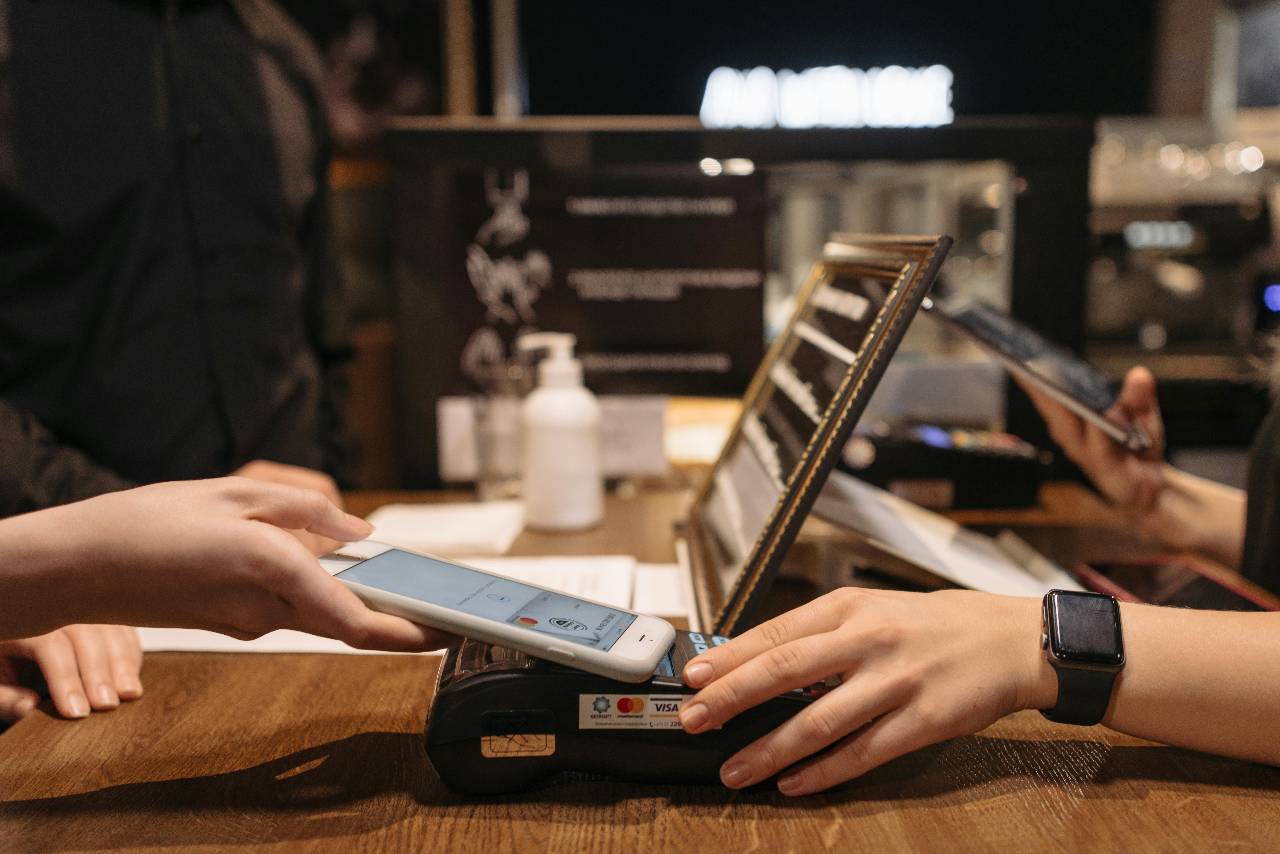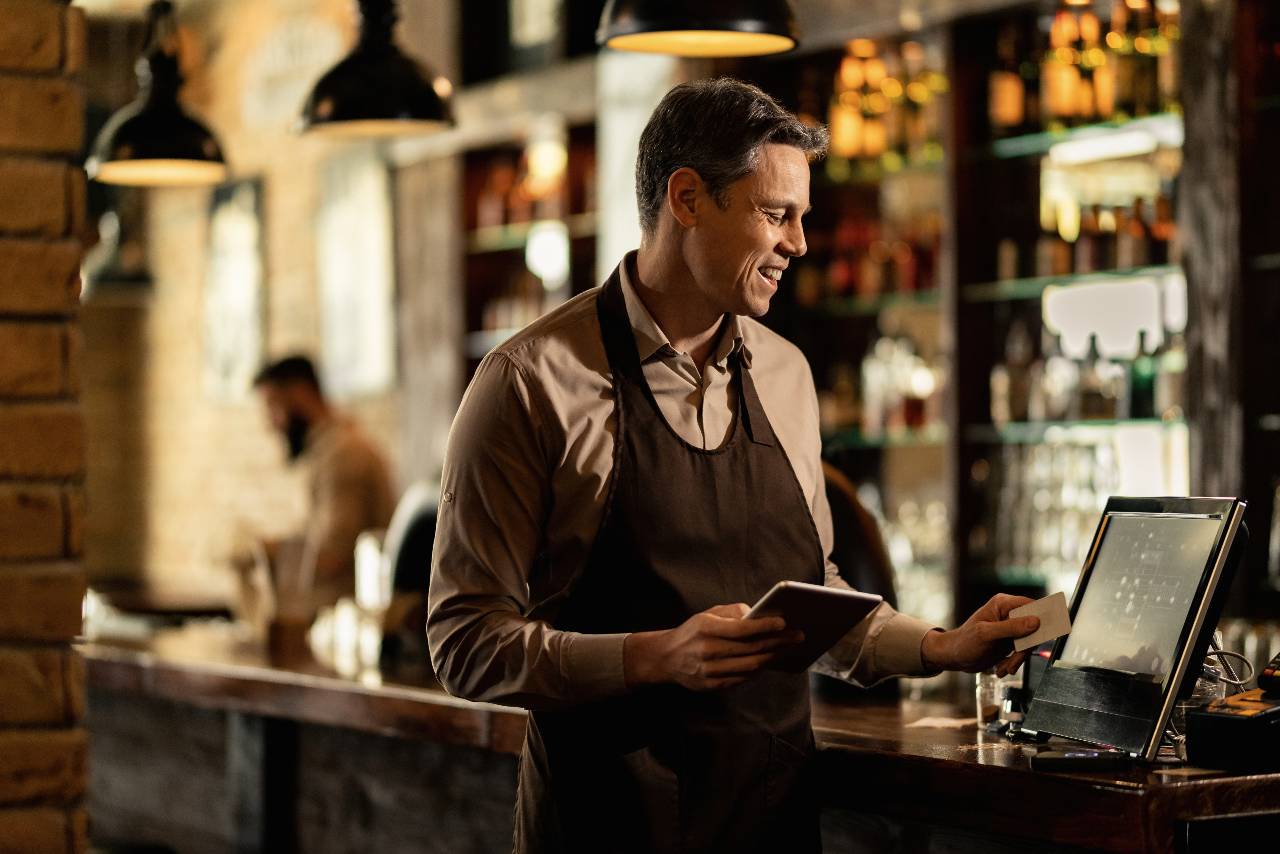The Ultimate 2025 Guide to the Best POS Systems for Restaurants
Discover the Best POS Systems for 2025 to improve restaurant efficiency, reduce errors, manage staff, and support business growth.

Overview
Running a restaurant in 2025 is no easy job. Between juggling orders, managing staff, tracking inventory, and keeping customers happy, there's a lot going on behind the scenes. That's why having the right Point-of-Sale (POS) system is more important than ever - it helps keep everything running smoothly.
A modern POS system isn't just a fancy cash register. It can take orders, track what you're selling, help with employee schedules, and even handle online orders - all in one place. In fact, a recent survey found that restaurants using up-to-date POS systems save an average of 10-15 hours a week on manual tasks like tracking sales or inventory.
But with so many options out there, it's hard to know which one is right for your business. Whether you run a food truck, a small cafe, or a full-service restaurant, this guide will walk you through the best systems available in 2025 - and how to pick the one that fits your restaurant best.

Core Functions Every Restaurant POS Should Have in 2025
When choosing a POS system for your restaurant, it's easy to get distracted by flashy features or sleek hardware. But what really matters is how well the system helps you run your day-to-day operations. The best POS systems in 2025 all have a few key features in common - features that save time, reduce mistakes, and make your life easier.
1. Order Management
Your POS should make it easy to take and send orders to the kitchen quickly - whether it's a server at a table, a customer ordering online, or someone paying at the counter. The faster and more accurate the system is, the happier your customers will be.
2. Inventory Tracking
A good POS helps you keep track of what's in stock. It should update inventory as items are sold and alert you when supplies are running low. This means fewer surprises during busy shifts and less wasted food.
3. Staff Management
Many systems now include tools to create employee schedules, track hours worked, and even monitor performance. This makes it easier to manage payroll and avoid scheduling issues.
4. Sales Reporting
Look for a system that gives you clear reports on what's selling, what's not, and when your busiest hours are. These insights can help you make smarter menu and staffing decisions.
5. Integrated Payments
Your POS should accept all major payment types - credit cards, mobile wallets, and contactless payments. It's also helpful if tips are handled easily and reported correctly for payroll.
6. Works Offline
If your internet goes down, your POS should keep working. Offline mode ensures you don't lose orders or sales due to a weak connection.
In short, a solid POS system helps you stay organized, cut down on errors, and focus more on your customers - not your paperwork.
Evaluating POS Needs by Restaurant Type
Not every restaurant runs the same way - and your POS system shouldn't be one-size-fits-all either. A food truck has very different needs than a fine dining restaurant or a busy coffee shop. To get the most value from your POS, it's important to choose one that matches how your business actually works.
Quick-Service Restaurants (QSRs)
Speed is everything in a quick-service environment. Look for a POS that can handle rapid orders, print tickets to the kitchen instantly, and offer tools like self-service kiosks or mobile ordering. QSRs benefit from touchscreen terminals that make it easy for staff to move fast and reduce wait times. Loyalty programs and upsell prompts at checkout are also helpful for boosting sales.
Full-Service Restaurants
For sit-down restaurants, your POS needs to manage more complex tasks. This includes splitting checks, sending courses to the kitchen in order, and handling tips. It should also support table layouts so staff can see which tables are seated, which are waiting, and which are ready for payment. The ability to assign servers to tables and track performance is a big plus.
Cafes and Coffee Shops
Cafes need a POS that can handle fast-paced orders, frequent modifications, and loyalty programs. It should also make it easy to add or change items on the menu without much fuss. Multi-device support is handy too - especially during busy mornings when every second counts.
Food Trucks
A food truck POS should be mobile, easy to use, and able to work without Wi-Fi. Offline mode and battery-powered hardware are essential. Space is tight in a truck, so the hardware should be compact and durable.
Multi-Location Restaurants
If you manage more than one location, look for a POS with centralized controls. This allows you to update menus, monitor sales, and manage staff across all locations from one dashboard.
Choosing the right POS based on your restaurant type ensures smoother operations and a better experience for both staff and customers.
Top POS Systems of 2025
In 2025, four POS systems stand out for helping restaurants improve efficiency. Each one brings something different to the table, depending on the size and style of your operation. Here's a closer look at what makes each system a strong option - and where they might fall short.
Plum POS
Plum POS is a smart pick for small restaurants, cafes, and diners that need a reliable system without a big price tag. Starting at just $49/month, it includes features like real-time inventory tracking, kitchen display integration, and online ordering tools. The interface is simple to use, which means staff can get up to speed quickly. It also supports QR code ordering, helping to speed up service and reduce wait times. With 24/7 support and room to grow, Plum POS is an affordable choice that doesn't skimp on essential features.
Square
Square is well-known for its ease of use. It's a great option for new or small restaurants that want to get started quickly without complicated setup. Square offers a free basic plan, making it one of the most budget-friendly options upfront. It supports online ordering and basic reporting, but if you want deeper insights or advanced analytics, you'll need to upgrade to the $69/month plan. While it's great for fast service, it may feel limited for restaurants with more complex needs.
Toast
Toast is built with full-service restaurants in mind. It shines when it comes to connecting front-of-house and kitchen teams, thanks to strong integration with kitchen displays and delivery apps. It also offers an offline mode, so service won't be interrupted by internet issues. However, Toast's hardware costs can be high, making it a bigger investment - especially for smaller operations.
Clover
Clover is a flexible and highly customizable POS that's ideal for quick-service restaurants and food trucks. It supports fast tableside ordering and quick payment processing, helping to move lines faster and reduce errors. That said, a full Clover setup can cost up to $1,389, which may not suit restaurants working with a tight budget.
Each system offers strong tools for improving restaurant efficiency, but the right fit depends on your size, workflow, and how much you're willing to invest. Up next, we'll walk through how to choose the system that's best for you.

How to Choose the Right System
With so many options out there, choosing the right POS system can feel overwhelming. But it doesn't have to be. The key is to focus on what really matters for your restaurant - speed, ease of use, and tools that actually help your daily operations. Here are four important things to keep in mind when making your decision-
1. User-Friendly Interface
Look for a POS system that's easy to learn and simple to use. If it takes hours of training just to figure out how to take an order, it's going to slow your team down. A clean, intuitive layout saves time and helps new employees get up to speed quickly - something that's especially helpful in restaurants with high turnover.
2. Scalability
Even if your restaurant is small now, your needs may grow. Choose a system that can grow with you. For example, some POS systems allow you to add features later, like restaurant kiosk ordering, loyalty programs, or delivery integrations. That way, you won't need to switch systems down the line just to support new services.
3. Affordable Pricing
Price matters, especially for independent restaurants. The good news is that many reliable POS systems now start as low as $49/month, with basic features already included. Just make sure you understand what's included in that price, and whether you'll need to pay extra for things like hardware, support, or add-on features.
4. Reliable Support
When something goes wrong - especially during a busy shift - you need help fast. Choose a POS provider that offers 24/7 customer support, ideally with phone and chat options. Before committing, it's a good idea to test this by calling support during a peak time to see how quickly they respond.
Try Before You Buy
Most companies offer demos or trial periods. Use them. Try taking a few orders, setting up your menu, or running a report. This hands-on test will tell you more than any sales pitch ever could.
In the end, the best POS system is the one that fits how your restaurant operates - not just today, but in the future.
Key Questions to Ask Before You Commit
Choosing a POS system is a big decision for your restaurant, so it's important to ask the right questions before signing any contract. Here are some key questions to help you make sure the system you pick fits your needs now and into the future.
1. Does It Integrate With My Existing Tools?
Your POS should work smoothly with the other software and systems you already use, like accounting programs, payroll services, or online ordering platforms. Integration saves time by reducing manual data entry and errors. Make sure the POS supports the tools that are important for your daily workflow.
2. Can It Handle My Restaurant's Growth?
Think ahead. If you plan to add new locations, start delivery, or launch loyalty programs, will your POS grow with you? Ask if it can easily add new features or support multiple locations without a costly upgrade or a complete switch.
3. What Level of Support Is Included?
When your system isn't working properly, you need help fast - especially during busy shifts. Ask if the POS company offers 24/7 support, how you can contact them (phone, chat, email), and if there's a cost for support services. Good customer service can save you a lot of stress.
4. How Secure Is the System?
Payment security is critical. Ask about the POS's security measures to protect your customers' data and your business from fraud. Make sure it complies with industry standards like PCI (Payment Card Industry) regulations.
5. What Happens if the Internet Goes Down?
Since many POS systems rely on the internet, ask how the system works offline. Will you still be able to take orders and process payments? Understanding the backup plan can prevent lost sales during outages.
6. Are There Any Hidden Fees or Long-Term Contracts?
Clarify all costs upfront, including hardware, monthly fees, payment processing rates, and extra charges for add-ons or upgrades. Also, check if there's a long-term contract or cancellation fee. Flexibility matters in case your needs change.
Asking these questions helps you avoid surprises and choose a POS that fits your restaurant's needs and budget. Remember, the right system should make your work easier - not more complicated.
Final Thoughts
Choosing the right POS system is more than just picking software - it's an investment in your restaurant's efficiency and future success. The right system can save you time, reduce mistakes, and help your team deliver better service. But the best POS isn't the same for every restaurant. What matters most is finding a system that fits your unique workflow, budget, and growth plans.
Before committing, take advantage of demos and trial periods. Hands-on testing lets you see how easy the system is to use and how well it handles your daily tasks. Involve your staff in the decision - they're the ones who will use it every day, and their feedback is invaluable.
Also, think long term. Choose a POS that can grow with your business, whether that means adding new features, supporting more locations, or handling increased order volume. Don't get lured by flashy features if they don't actually solve your problems or make your team's job easier.
Finally, prioritize vendors who offer strong customer support. When technology issues happen - and they will - it's crucial to have help available quickly to keep your restaurant running smoothly.